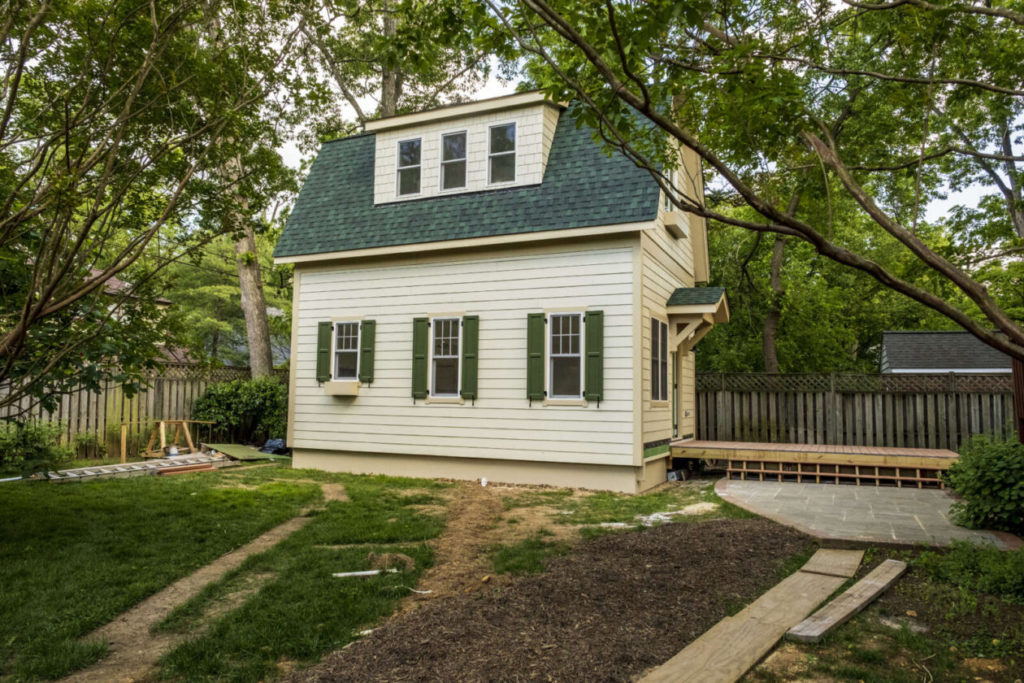The FWD #169 • 505 Words
Accessory Dwelling Units can modestly increase housing stock without drastically changing surrounding neighborhoods.
With housing prices rising beyond the reach of low- and middle-income Americans, many cities across the country are exploring new options, including smaller, add-on dwellings to create more affordable rentals. These are commonly known as garage apartments, in-law suites, carriage houses, and more, but the official name for apartments created from converted space is accessory dwelling units or ADUs.
Affordable housing advocates promote ADUs as a flexible way to modestly increase housing stock without drastically altering the neighborhoods that surround them, and a steady stream of new city, county and state regulations and ordinances is making them easier to build. The American Planning Association cites ADU reform as one of the many policy levers available to planners leading local change efforts to rethink zoning in communities.
In issue #116—two years ago!—we showcased the Austin Alley Flat Initiative expanding accessory dwelling units in Texas and hosted a webinar digging into ADU design and policy. What has changed since then and what else have we learned?
Statewide, cities including Alexandria, Charlottesville, and Arlington now have ordinances and zoning that allow for ADUs. A number of other cities, including Virginia Beach and Blacksburg, are also updating or reviewing their ordinances with an eye towards potential new ADU development, and Richmond’s ADU public input process will begin this August.
In 2021, lawmakers in the General Assembly requested a comprehensive state of the market study on ADUs in the Commonwealth. HousingForward Virginia, along with researchers from the Virginia Center for Housing Research and George Mason University, helped the Department of Housing and Community Development and a diverse advisory group complete the report.
Based on relevant housing informant interviews, literature review best practices, and stakeholder discussions, some of the key findings include:
- While ADUs are not enough to meet most major demand, they are a useful means of supplying more affordable housing in high-cost neighborhoods and helpful where land is limited to create “hidden density.”
- Since the construction of an ADU effectively has no land cost, it is possible to add housing units at a lower cost than building a new home or buying an existing home. However, several surveys and reports point out that difficulty in financing remains a key barrier.
- Educating homeowners and HOAs is essential. Builders, real estate and mortgage professionals, and lenders all have roles to play in making homeowners aware of ADUs and the flexibilities and opportunities they offer.
- ADUs represent a potential wealth-building opportunity for cost burdened homeowners, a way for elderly residents to age in place while maintaining privacy, and an alternative for young people who want to live at home to save money.
The full 2021 ADU study can be read here. As zoning and density policies are changed and adopted across the state, localities can consider if ADUs make sense for their communities’ affordable housing needs and keep an eye on places where ADUs have already been adopted to see how they progress and integrate into existing development.
